How to Read Match-up Ratios: A Simple Math Experiment
Match-up Ratios in Smash
I always see people who, when someone posts a match-up chart with ratios, starts complaining because numbers are too confusing. I want to clear some of this confusions out with a bit of semantics and calculation of probabilities.
Disclaimer: this essay had some colors to make reading it easier, unfortunately I don't think it is possible to do this on SSB World which is a shame.
First of all, let’s define what a match-up ratio is:
The ratio (e.g. 60:40) only refers to the likeliness of winning one game between human players (so mistakes are accounted) of the same skill level, given that they know their and the opponent’s characters tools and strategies (they know the mu, basically) under competitive ruleset and in the current metagame.
Now that we’ve define what a ratio is, it is time to talk about how they can actually be described with some brief sentences: for each, I will give the perspective from both the advantaged player and the disadvantaged player.
55:45 (slight disadvantage)
55: This match up should be winnable if the player can effectively abuse the strength that the character possess that are hard to deal for the opponent
45: This match up can be overcome with some labbing but still shouldn’t be taken lightly
60:40 (disadvantage / soft counter)
60: This match up can be very oppressive for the opponent if played correctly in the various game states
40: This match up should be studied and played carefully, there can still be rooms for errors
65:35 (big disadvantage / counter)
65: This match up should just be played without going in carelessly as the characters invalidates the majority of the opponent’s tools
35: This match up is a very up-hill struggle and leaves almost no room for errors, you can capitalize on opponents mistakes
70:30 (enormous disadvantage / hard counter)
70: This match up should be winnable with basic strategies and just avoiding hard commitment
30: This match up should be winnable only if the opponent messes up
After 70:30 every ratio is just a matter of how hard the advantaged character can push his oppressive state and disadvantaged one can answer to said oppression.
An example of a 80:20 match-up could feasibly be Melee Fox vs Kirby where Fox can just beat every option Kirby has in neutral and, even if Fox messes up, Kirby can’t answer with any meaningful punish aside from a possible edgeguard.
90:10 could possibly be something like Melee NTSC Sheik vs Bowser or Brawl DDD vs DK where neutral is incredibly hard to the point it can be nighly impossible even to reach the opponent and getting one grab can mean 0-to-death.
100:0 simply doesn’t exist because that would mean you can’t literally, not theoretically, touch the opponent and that is impossible in a normal fighting game.
Matchup Ratios in Best of 5 Sets
Now, how do these ratios translate to best of 5 sets? I made some calculations (shoutouts to a friend of mine that helped finding the formula) and I came up with some interesting numbers. These numbers are obviously not the definitive answers as they account the ratios in way similar to a dice game or a “pick up a card” probability. These are just a general indication of how likely you should expect a set to be won or lost by the two considered characters (numbers are approximated to decimals):
55:45 = 59,3% vs 40,7%
60:40 = 68,3% vs 31,7%
65:35 = 76,5% vs 23,5%
70:30 = 83,7% vs 16,3%
75:25 = 89,8% vs 10,2%
80:20 = 94,2% vs 5,8%
85:15 = 97,3% vs 2,7%
90:10 = 99,1 vs 0,9% (LOL)
I don’t even want to do 95:5 as that would just be depressing. But let this sink in for a moment. A 90:10 would mean that if two players of equal skills (let’s say Mango and Hungrybox) played characters like Sheik and Bowser respectively and knew the characters like their current mains, HBox would only win a single bo5 over 100 sets played. Yeah.
This is also why I think there’s no match-up worse than probably 75:25 in Smash 4 as there are no chaingrabs, ledgehog and rage exists, other than the fact that even the worst characters are generally better than the low/bottom tiers from previous games.
However, if you are interested in the formula, this is it:
Given a ratio of X:Y
Case where X wins:
- 3-0 > (X/100)^3
- 3-1 > 3*(Y/100)*(X/100)^3
- 3-2 > 6*(Y/100)^2*(X/100)^3
Cases where Y wins:
- 2-3 > 6*(X/100)^2*(Y/100)^3
- 3-1 > 3*(X/100)*(Y/100)^3
- 3-0 > (Y/100)^3
To find the numbers for each outcome just multiply the number by 100 and you will have the percentage. To know the how the probability stacks up between the two contenders (like I did before) you have to sum the percentages where X or Y wins. Remember that this only applies for best of 5 sets, not best of 3.
Well, I hope you had a good read and found this little piece of information useful. This was not to say that you shouldn’t explain match-ups and just go for raw numbers as they say everything that is useful, if you want to go in details about a certain mu, go for it, there are thousands of possibilities and combinations that play into factor!
That said, have a nice day! :)
This blog post was written by a SSB World community member. Share your Smash 4 knowledge by creating your own blog post now.
You must log in to comment.


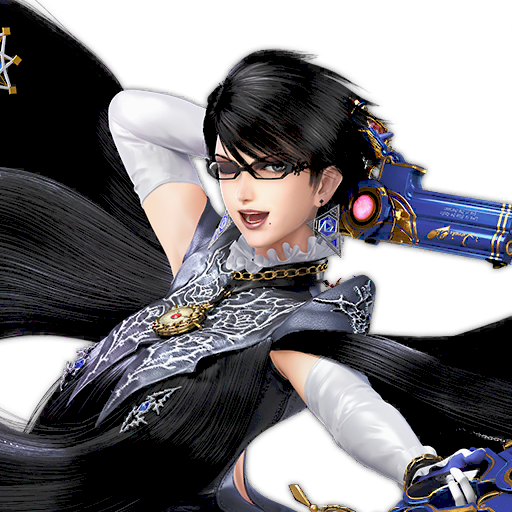
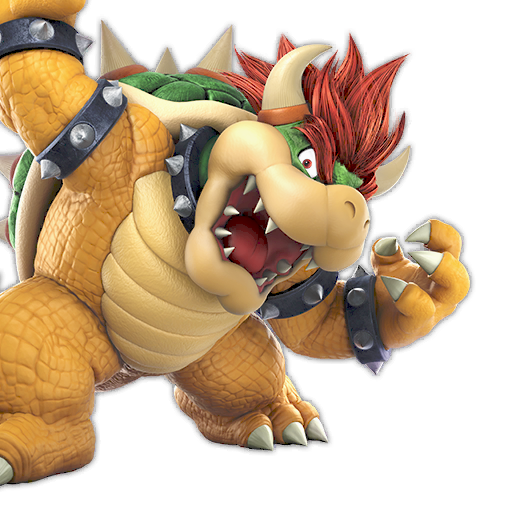
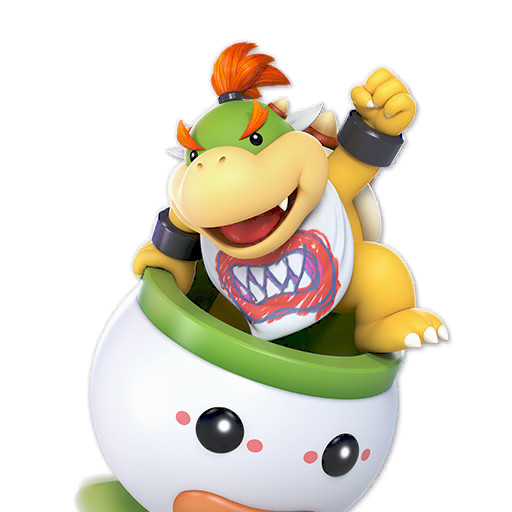



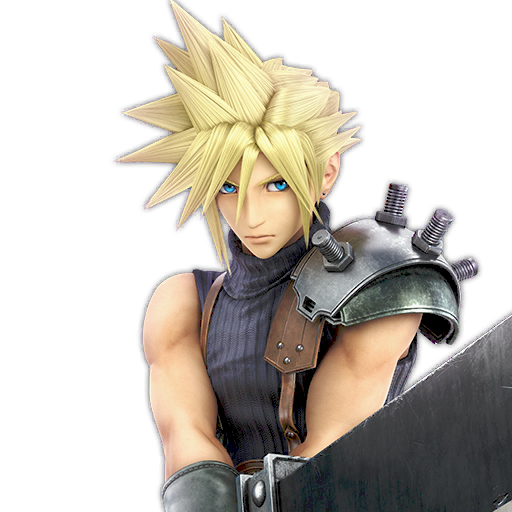


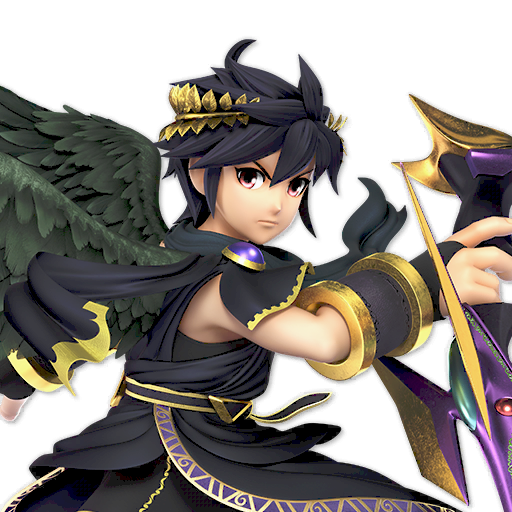
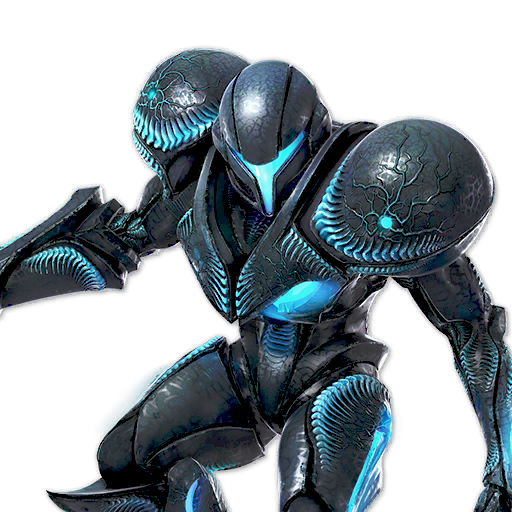






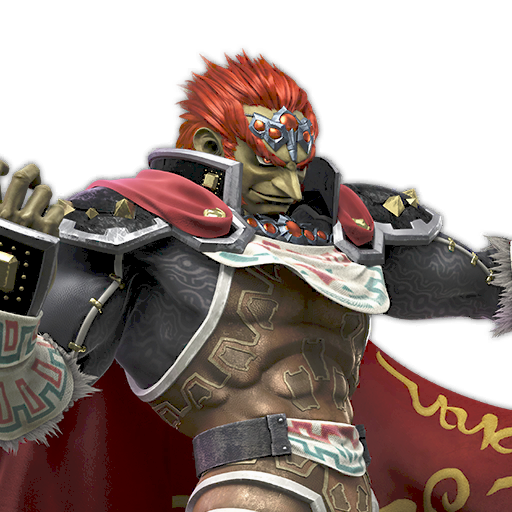



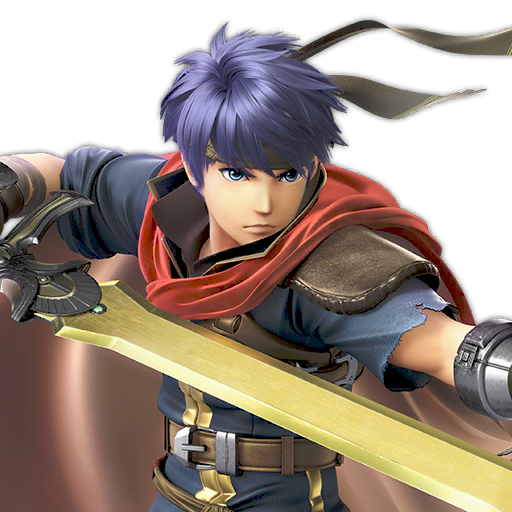
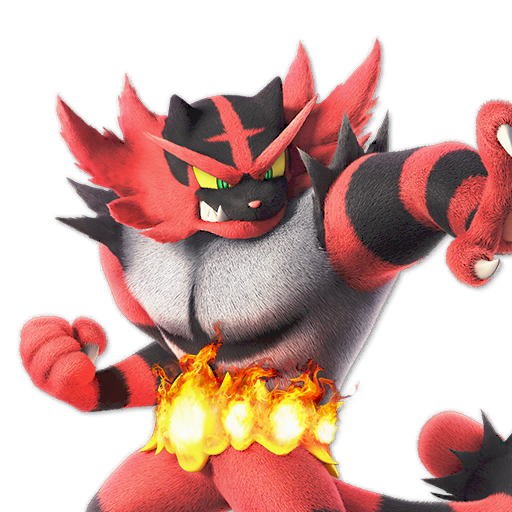






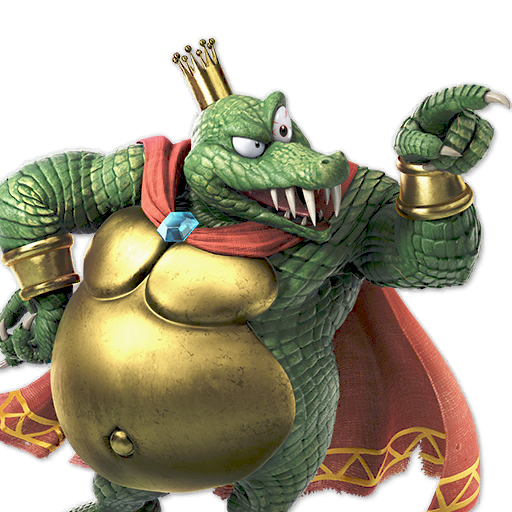

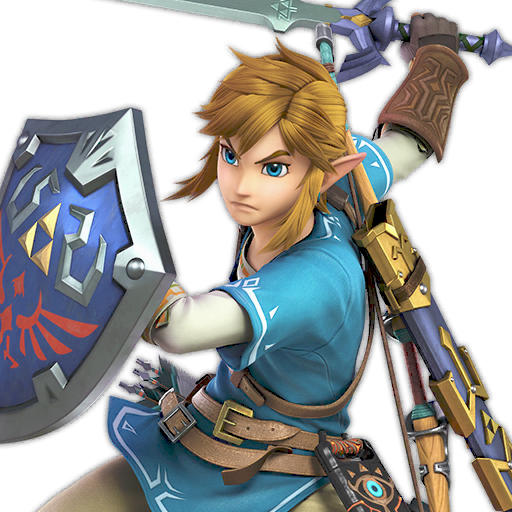






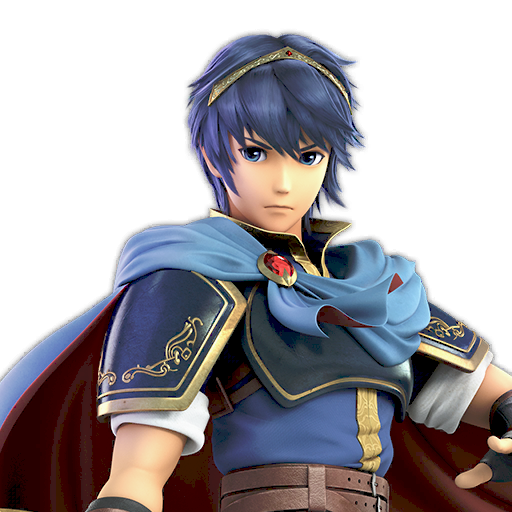
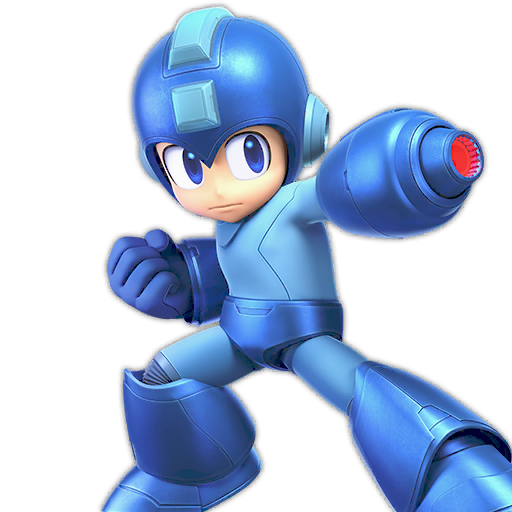

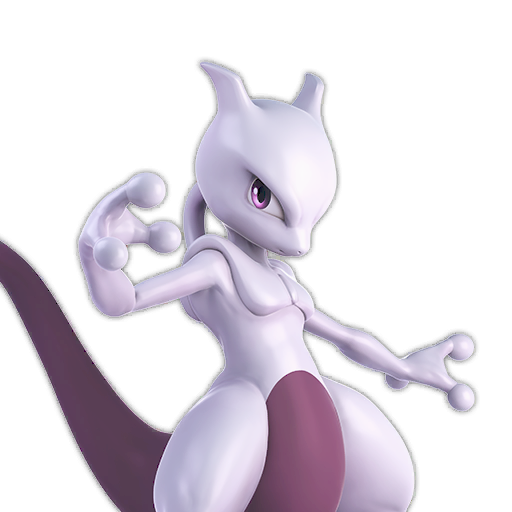
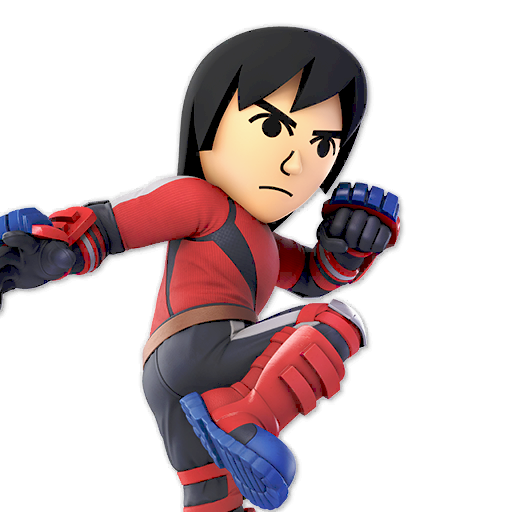


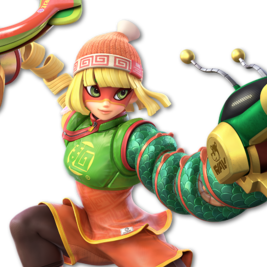
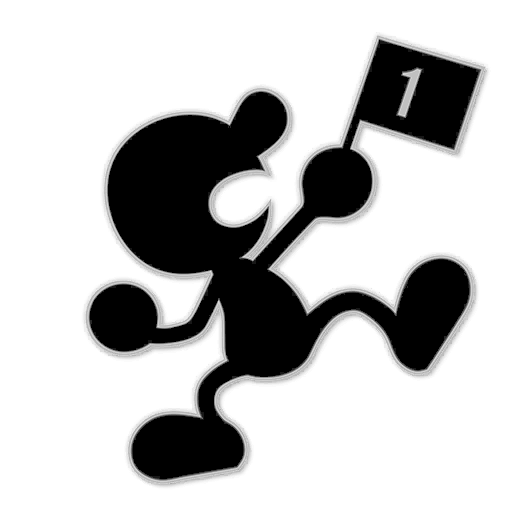
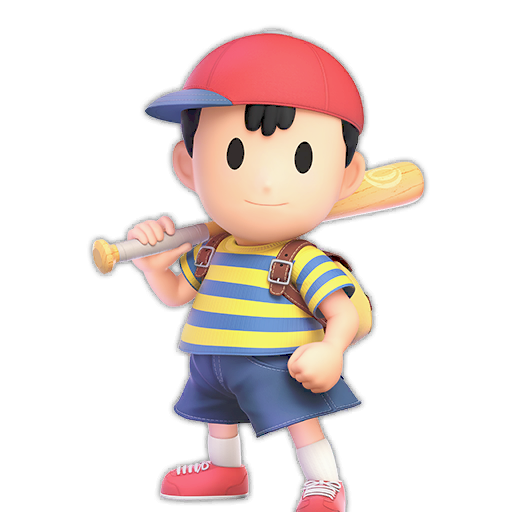



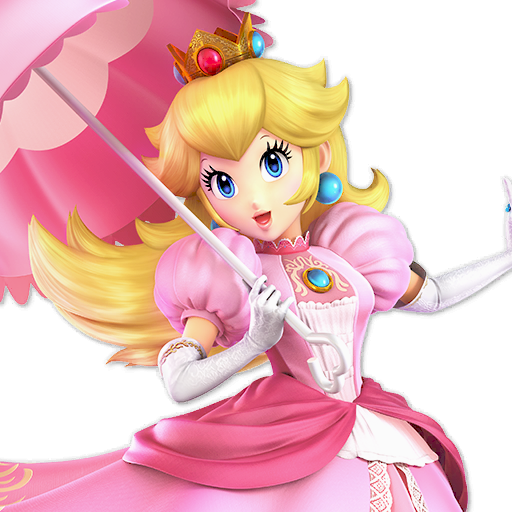



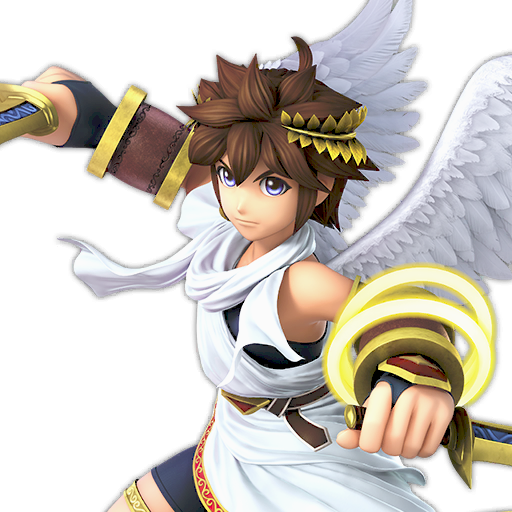
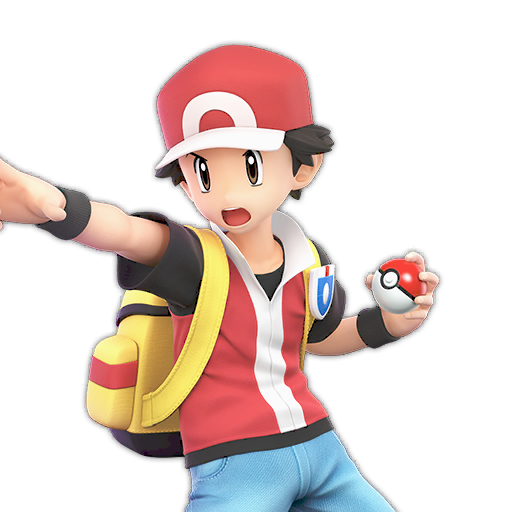






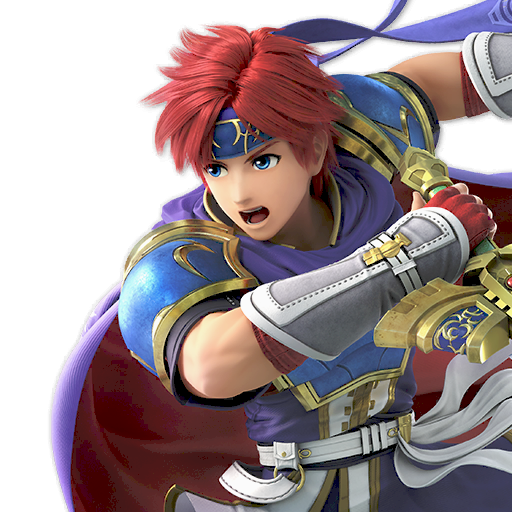
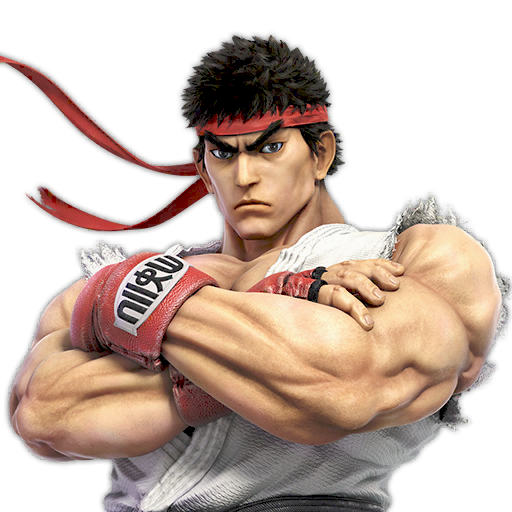
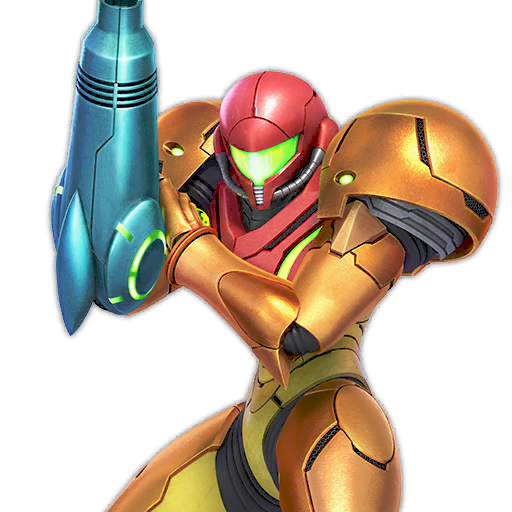

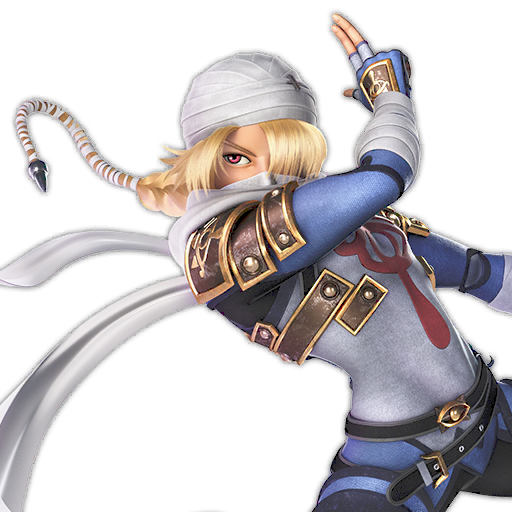






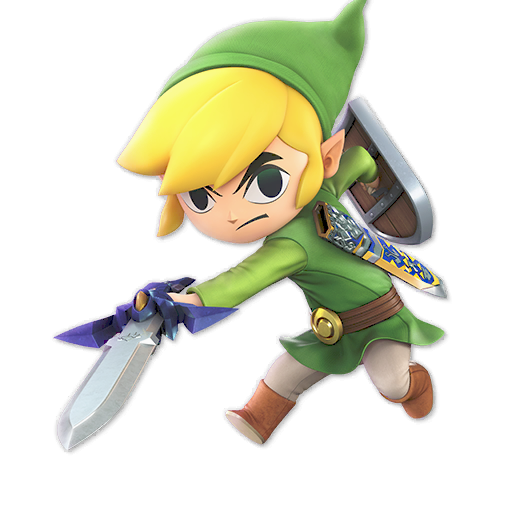





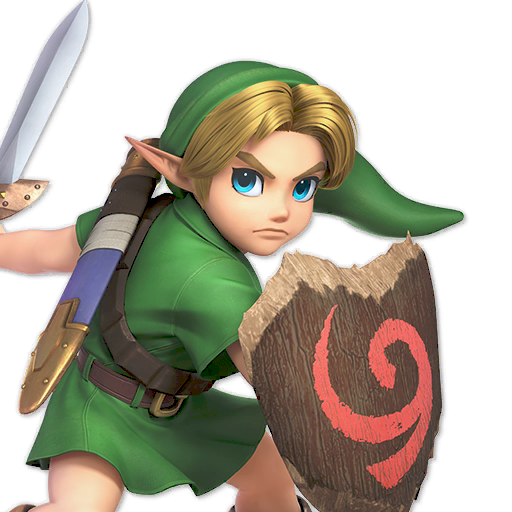
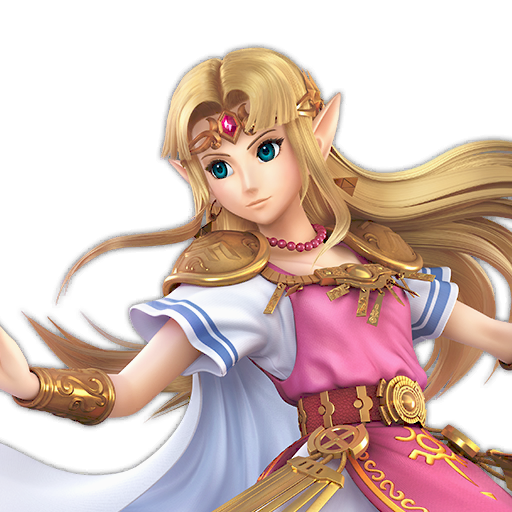
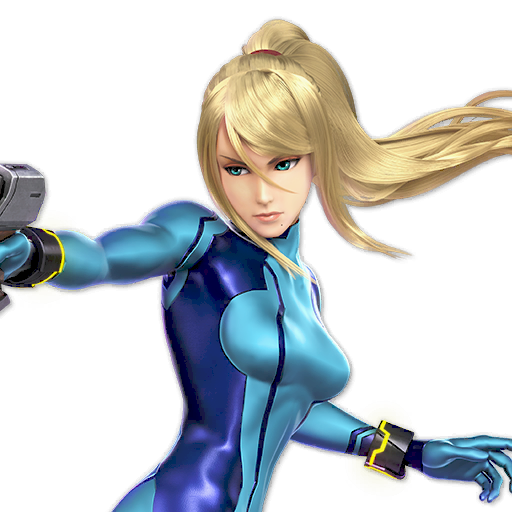
Comments